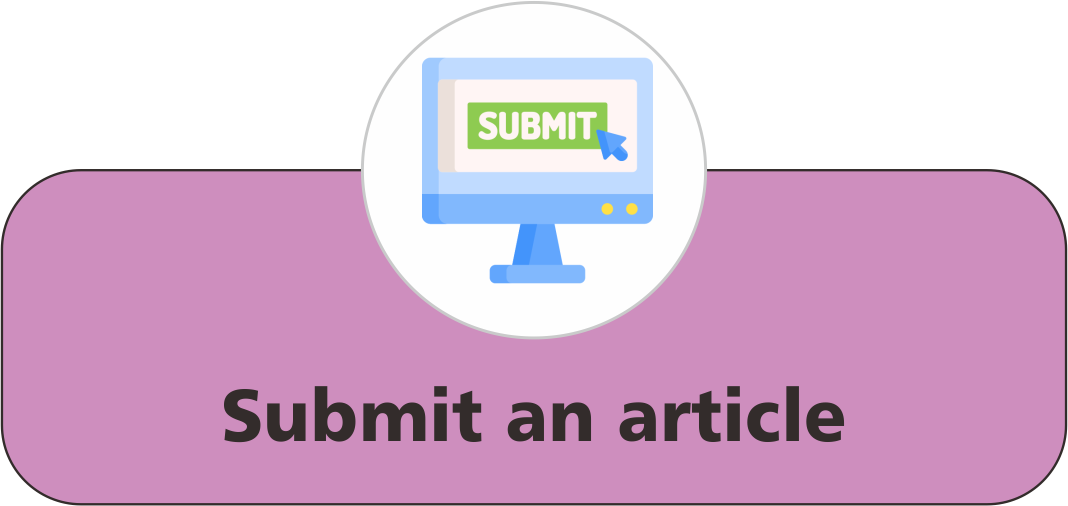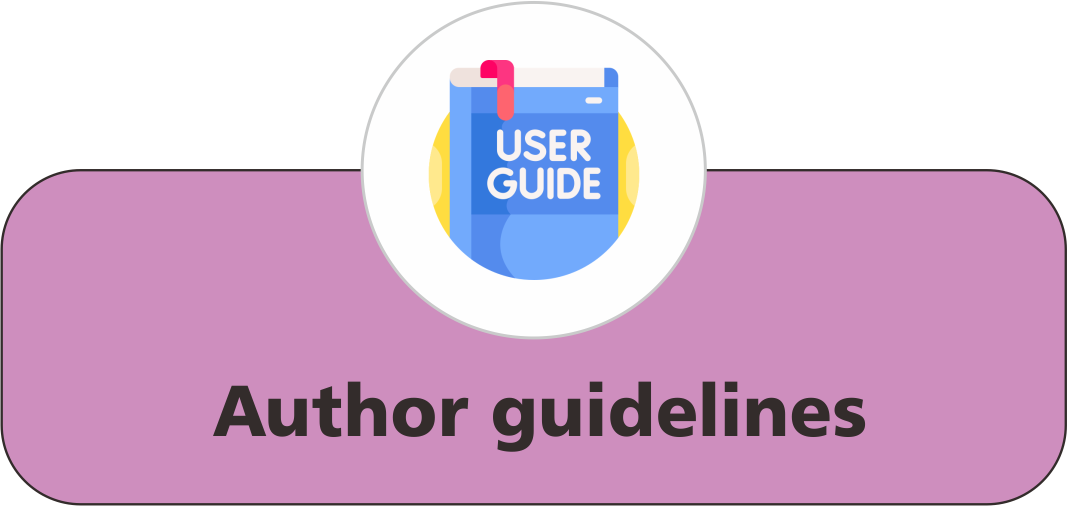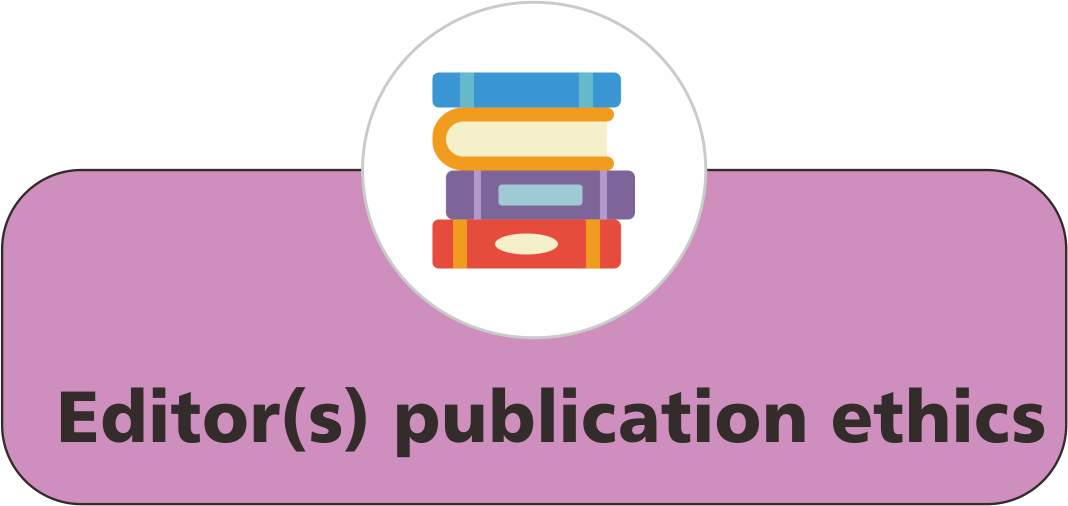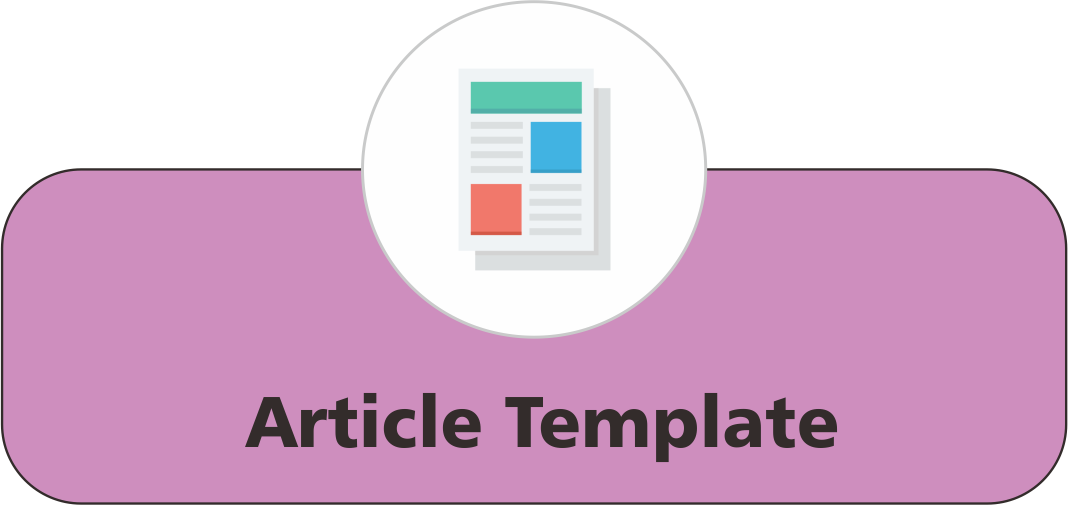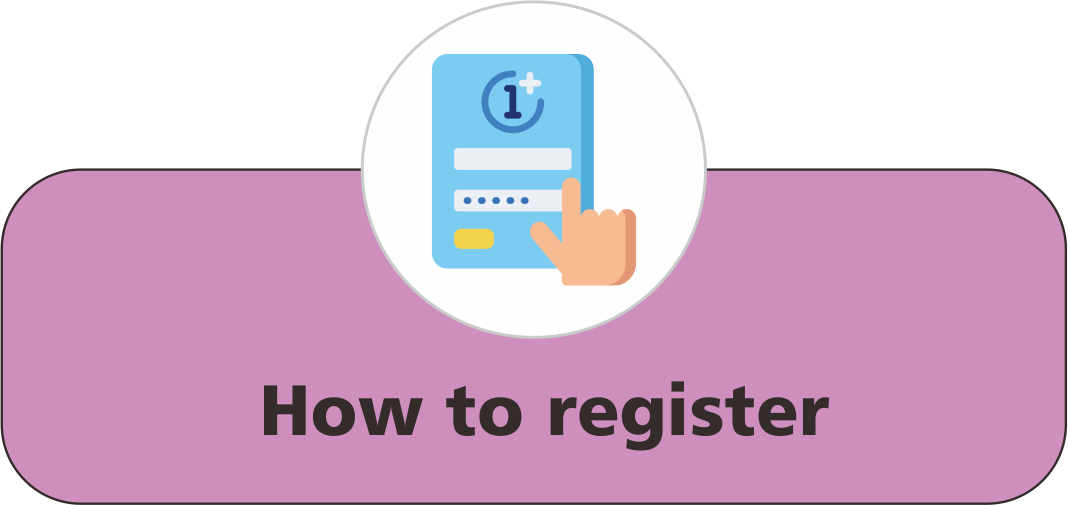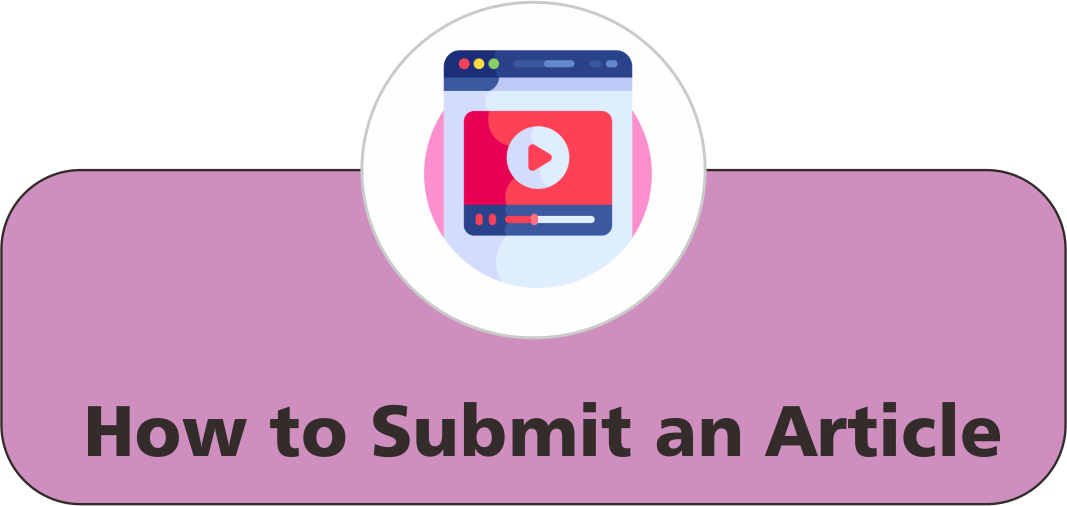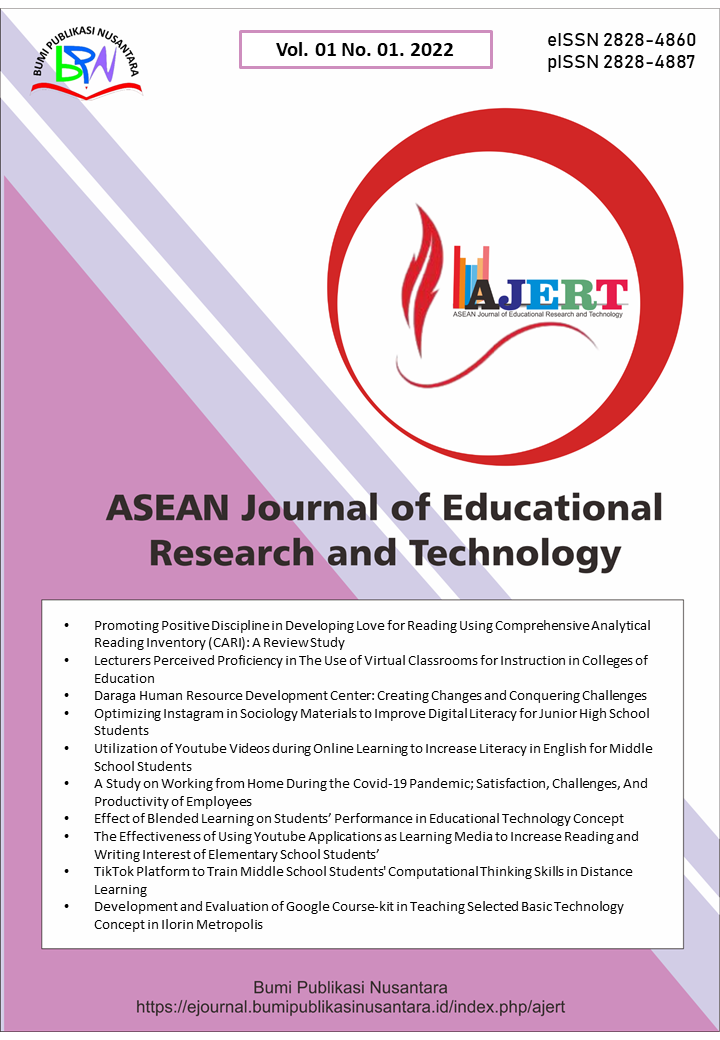The Effectiveness of Blended Education in Educational Institutions
 ),
),
(1) Denau Institute of Entrepreneurship and Pedagogy
 Corresponding Author
Corresponding Author
Abstract
Keywords
References
Andreev, V. I. (2004). Competitiveness. A Training Course for Creative Self-Development of Competitiveness, 7, 468.
Ashurova, D. N. (2021). Aralash ta’lim modellari. O’zbekistonda Xorijiy Tillar, 1(36), 115-127.
Jabbor, E., Usarov, S., Dustnazar, O., Khimmataliev, S. A., Haydarova, S. B., Korayev, U. N., Khodjamkulov, I. D., Kodirov, K. M., Ibadullaev, K. E., Burieva, and Aay, S. (2024). Improving student practical competence in geography as science education. Journal of Engineering Science and Technology, 6, 81 – 88.
Khimmataliev, D. O., Omonova, N. P., Jumanova, G. P., Mamatkulova, G. B. (2023). Development of creative communicative skills of future educators as a pedagogical problem. Science and Innovation International Scientific Journal, 8(2), 547-551.
Salomova R. V. (2020a) Information and communication technologies as a factor in improving the educational process. Europen Journal of Research and Reflection in Educational Sciences, 6(1), 87-89.
Salomova R. V. (2020b). Features of use of educational game in education. Scientific Achievements of Modern Society, 2020, 321-323.
Salomova R. V. (2021). Influence of ICT on the Development of Intellectual Potential of Students. The American Journal of Social Science and Education Innovation, 4, 149-151.
Андреева, Н. В. (2016). Рождественская Л. В., Ярмахов Б. Б. Шаг школы в смешанное обучение. Москва, 2016, 23–32.
Крылова, E. А. (2020). Теxнология смешанного обучения в системе висшего образования. Вестник, 1, 86–93.
Нагаева, И. А. (2016). Смешанное обучение в современном образовательном процессе: необходимость и возможности. Отечественная и зарубежная педагогика, 6(33), 56–67.
Орешкина, А. К. (2014). Теоретические основы развития образовательного пространства системы непрерывного образования в контексте его социальных измерений. Инновационные образовательные технологии, 2(38), 4–7.
Article Metrics
Abstract View : 358 times
: 358 times Download : 130 times
Download : 130 times
Refbacks
- There are currently no refbacks.
Copyright (c) 2024 Bumi Publikasi Nusantara

This work is licensed under a Creative Commons Attribution-ShareAlike 4.0 International License.

